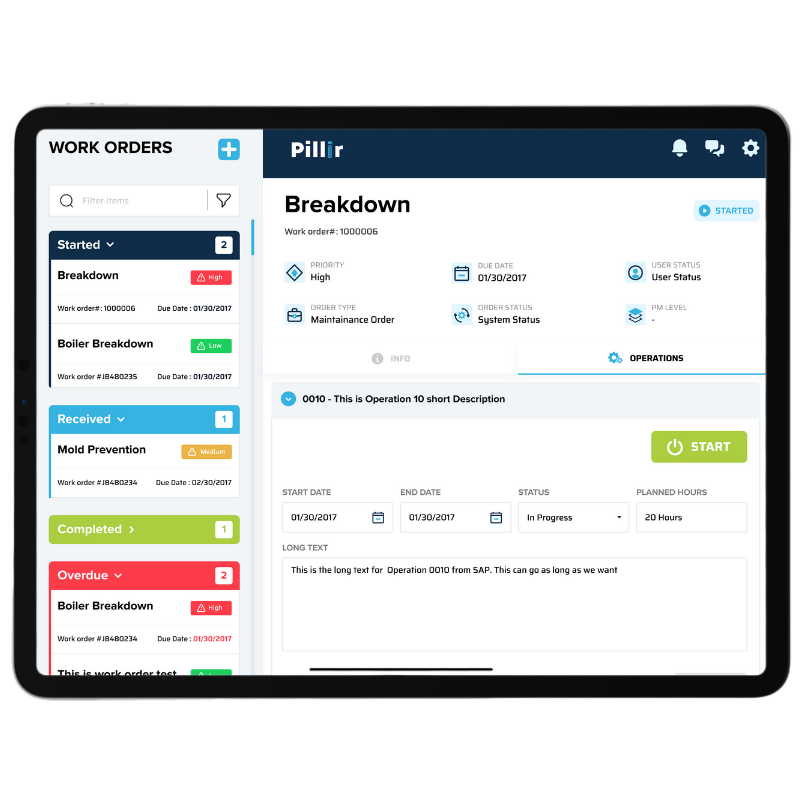SAP migrations are no small or easy task. Companies that are in the midst of an SAP migration have historically struggled with how best to accomplish a successful migration in the shortest and most efficient way possible, while not interfering with their existing business processes. But when you’re up to your neck in an SAP migration project, it can be hard to achieve all of these goals. So, what solutions are out there for those who relate most to this stage of an SAP migration journey?
In this blog, we’ll emphasize general challenges that companies experience in the midst of a migration journey, best practices to achieve a successful migration, and solutions offered by Pillir that can help you succeed.
Common Challenges with an SAP Migration
It’s important to be aware of all of the potential challenges you could encounter during an SAP migration. Chances are if you’re in the middle of one, you’ve already faced a few. Either way, it doesn’t hurt to understand the challenges you’re experiencing or those you may encounter along the way in order to face them head on.
Here are some common challenges with an SAP migration:
- Data Access: SAP is largely built on Proprietary tools, languages, and APIs. Additionally, technical and functional SAP expertise is needed in order to maintain the data throughout the migration process
- Complexity: Data preparation, data persistence and guaranteed delivery, data manipulation, and client-server models are just a few things SAP ERP customers are wary of when it comes to complexity in their systems, which contributes to barriers throughout a migration journey
- Cost Inhibitors: SAP infrastructure costs, human resource costs, and licensing models all contribute to the total cost of maintaining an SAP ERP system and trying to migrate it. Companies don’t want to have to spend millions of dollars on extracting and moving the data.
- Lack of Skills: Highly specialized skill sets are necessary for the SAP migration process, which you may not have within your company, costing you more to try to locate an expert externally.
Best Practices for Success
Here are some best practices to adhere to throughout the SAP migration process, so that your company can get ahead of the challenges and come out strong:
- Get Rid of Unnecessary or Unused Data: Technical debt is bound to have accumulated in legacy SAP ERP systems, so it’s best to clean out unneeded data in your system that could interfere with a successful migration.
- Test Before and During: with an incremental migration approach, you’re modernizing and migrating in bits and pieces, allowing for opportunities to constantly be testing the environment.
- Choose the Right Service: Migrating to the Cloud helps to increase automation and decreases the timeframe that an SAP migration will take. Instead of years, using solutions like EdgeReady Cloud can get the job done in weeks or months based on your use case.
EdgeReady Cloud: The Best Way to Achieve Your Goals in Migration
If you’re still unsure of how to get through an SAP migration or don’t think you have enough resources to achieve one successfully, look no further than EdgeReady Cloud. Our patented low-code rapid application development solution is the best in the business.
Migrate to the cloud where you can access an easy-to-use drag and drop interface so you can simplify the application building process while increasing speed-to-market and saving your company money.
Discover more about how EdgeReady Cloud supports a successful SAP migration no matter what stage you’re at today - contact our team today.





 Back
Back/Logo%20-%20black%20text%20blue%20pillar%20(large)-1.jpg)

